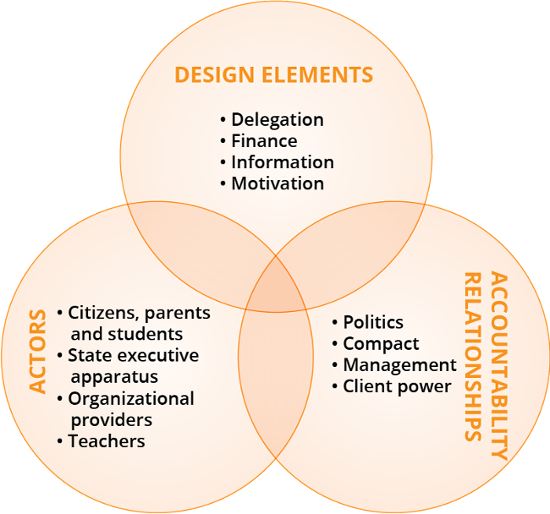Daniela Scur
Cornell University
Blog
The second Millennium Development Goal to “ensure that by 2015, children everywhere, boys and girls alike will be able to complete a full course of primary schooling", saw millions more children attend schools around the world compared to the beginning of the millennium. As 2016 begins, however, we find ourselves in a global learning crisis. The newly set education Sustainable Development Goal, thus, focuses on achieving “relevant and effective learning outcomes” instead. There is an astonishingly high dispersion in learning outcomes: the average 15-year-old in Vietnam scores 511 on an international learning assessment, while the average kid in Indonesia scores only 375 on the same test – a difference that is equivalent to about three years of schooling in the PISA scale. Why? Is it infrastructure? Teachers? Parents? The motivation of students? Research into the individual determinants have not been able to fully explain this gap in a meaningful way. See, for example, Lee’s take on Muralidharan and Glewwe’s paper on learning outcomes.
This is the motivation for Lant Pritchett’s latest RISE working paper, Creating Education Systems Coherent for Learning Outcomes: Making the Transition from Schooling to Learning. Pritchett suggests that an important reason for the disappointing learning outcomes results is that the systems of education within countries have long been built with a focus on goals of enrolment rather than learning, and lack coherence for learning between elements of their systems.
To help understand the problem, Pritchett asks us to think of a car. We all believe that any particular car will go further with more gas than less gas. If the mechanical system inside this car is coherent and works, that is true. But if, say, the transmission has failed, no amount of extra gas pumped into the car will make it go further expect a functioning car to go. In short, “if the system does not add up to a functional whole, the causal impact of augmenting individual elements is completely unpredictable.”
Pritchett’s framework consists of four sets of actors with clear relationships of accountability between them and “design elements” of this relationship:

Note: author's summary of Pritchett's figures in RISE Working Paper 5. Source: Lant Pritchett, (2015). RISE Working Paper 005: "Creating Education Systems Coherent for Learning Outcomes: Making the Transition from Schooling to Learning"; and World Development Report, 2004. See paper for full reference and detailed diagrams.
Pritchett’s hypothesis is that “governmental (sub) systems of education work when there is an adequate flow of accountability in the system.” He suggests that if we were to use this framework to explain an incoherence between the same element of relationship (say, information), in two different accountability relationships (say, compact and management), we could say something like “there is weak learning performance because there is weak information gathered by the state executive apparatus about learning, relevant to the management relationship with schools or teachers.”
Pritchett suggests that the key issue we have to contend with going forward to evaluate education systems is the coherence between these elements. These come in three key coherence relationships:
Pritchett’s RISE working paper provides a new way of thinking about systems of education that are coherent for learning. It gives a way to answer the question of “how schooling could have expanded so much and learning results gotten so bad?”
In short, the failure is in:
The focus of RISE is precisely to contribute with a new body of research that focuses on this systems approach to improving educational outcomes.
RISE blog posts and podcasts reflect the views of the authors and do not necessarily represent the views of the organisation or our funders.